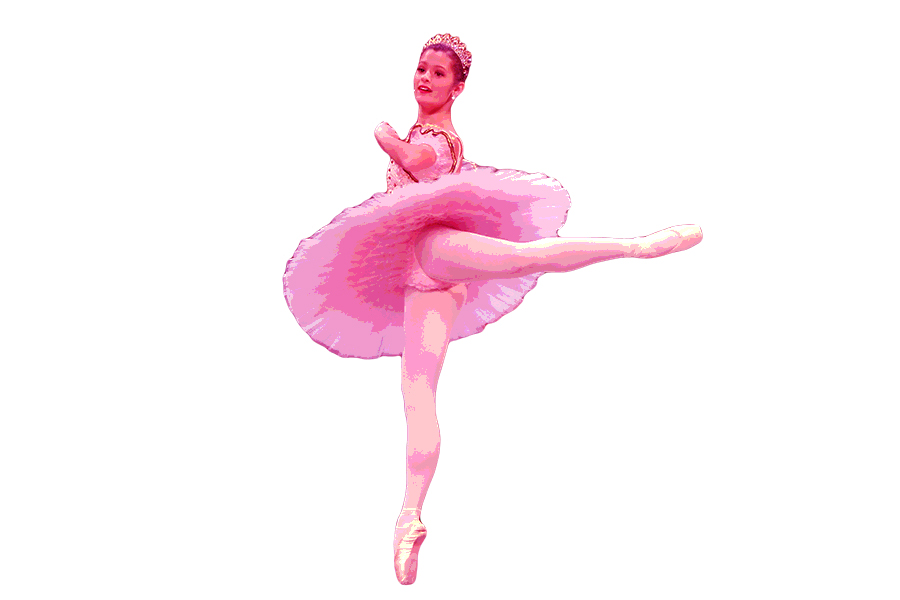Dance
Most people know that dance requires dedication and skill, but many do not realize that it serves as a source of stability for many dancers.
There are many dancers at Western, including Ashna Nizsche, a senior, who started dancing at the Albemarle Ballet Theatre in sixth grade after her mother recommended the sport when she left gymnastics. Since then, Nitzsche has not only found a passion, but has also formed strong friendships.
“The amazing people that I get to dance with keep me motivated and make my day so much brighter. I’m so glad to get to call them my best friends,” Nitzsche said.
Dance not only provides fun and camaraderie, but also allows people to forget their personal anxieties. Beth Bryerton, another Western dancer, who has been training at the Charlottesville Ballet for 20 hours a week ever since deciding she wanted to become a ballerina, uses dance as an outlet.
“It can be really therapeutic to focus on the technique and movement and sort of clear your mind of everything else,” said senior Beth Bryerton.
And like all people, dancers face troubles in their daily lives and dance has become an outlet for many of them.
“I learned to channel my emotions and passion into dancing, and this helped me through some really rough times. Now I know I can always turn to it when I need to relieve myself of any pressures,” Nitzsche said.
Many dancers that continued dancing throughout high school have formed a bond with the sport and hope to pursue the art as a career.
“It’s the most difficult thing I’ve ever done which I think is part of what makes me stick with it just because there is always more work to be done and no matter how long you do it, it will never be easy or boring,” Bryerton said.
While not all wish to make a career from dance, many strive to stay connected for the rest of their lives by pursuing careers where they will be able to interact with the dance community.
